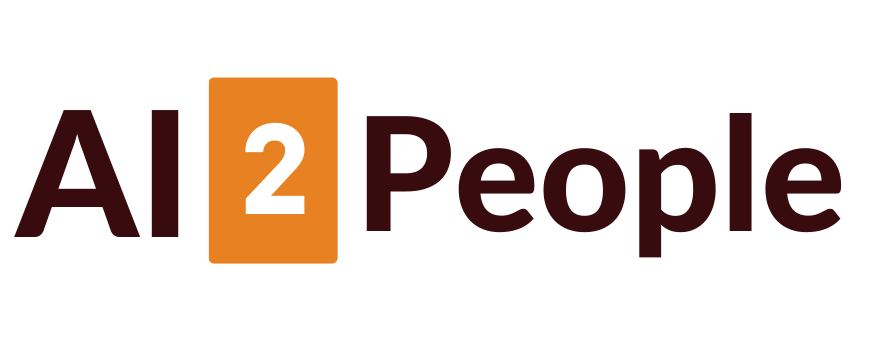The much-hyped AI hardware project between Sam Altman and designer Jony Ive is reportedly facing a significant delay, with its release now expected after 2026, according to Windows Central.
The screenless, always-on voice companion was meant to redefine human–AI interaction, but privacy concerns, compute demands, and even how to give it a “personality” have slowed development.
Behind the scenes, OpenAI’s ambitions to make voice feel truly human are clashing with technical and ethical limitations.
The device—rumored to merge the warmth of Jony Ive’s Apple-era design with OpenAI’s conversational prowess—has run into the same tension others have found in this space.
For instance, Anthropic’s Claude Voice beta is already testing similar territory, experimenting with empathy in tone but still struggling to avoid uncanny responses.
Sam Altman has said he wants the assistant to “feel like a presence, not a tool,” but that’s tricky when AI voices are increasingly hard to distinguish from human ones.
A recent Live Science report found people misidentified cloned voices in 58% of trials—essentially a coin toss.
Imagine how that complicates privacy for a device designed to live in your home, listening constantly.
While OpenAI sorts out the compute and character challenges, other tech giants are charging forward.
Amazon’s latest Echo models just dropped with new adaptive AI voices that change tone based on user mood.
Meanwhile, Google’s DeepMind team is pushing WaveFit 2, a next-gen speech model that can clone accents with exact intonation and rhythm. The bar for realism keeps rising, and so do the stakes.
Personally, I think this delay might be a blessing in disguise. We’ve already seen what happens when voice tech launches half-baked—awkward tone shifts, privacy mishaps, the occasional existential dread when your assistant starts sounding a little too sentient.
If OpenAI really wants to build a companion, not just another talking cylinder, it’ll need to solve the empathy puzzle first. You can’t fake warmth forever.
Until then, this elusive AI device remains a ghost in the design lab—a whisper in the age of synthetic speech, waiting to find its voice.



